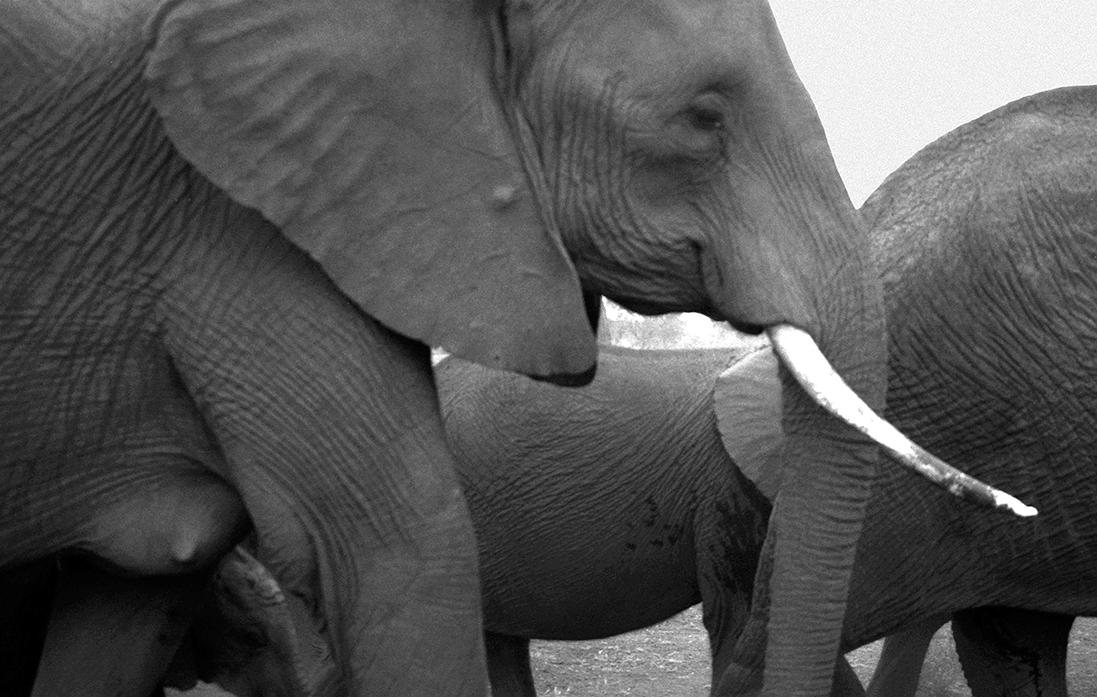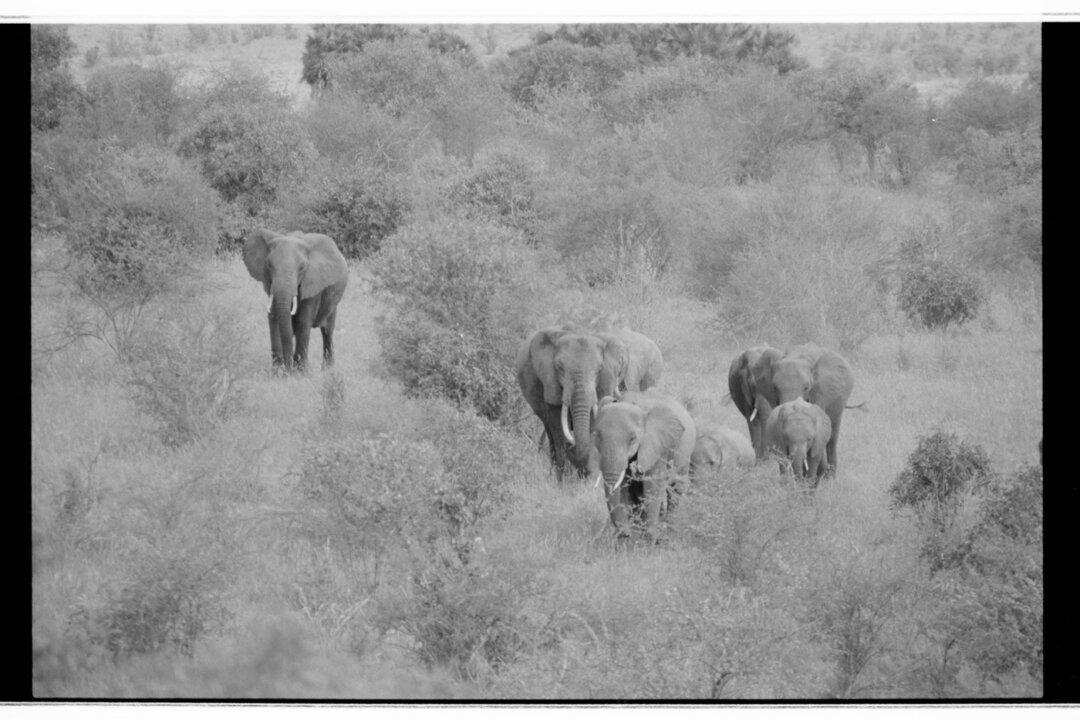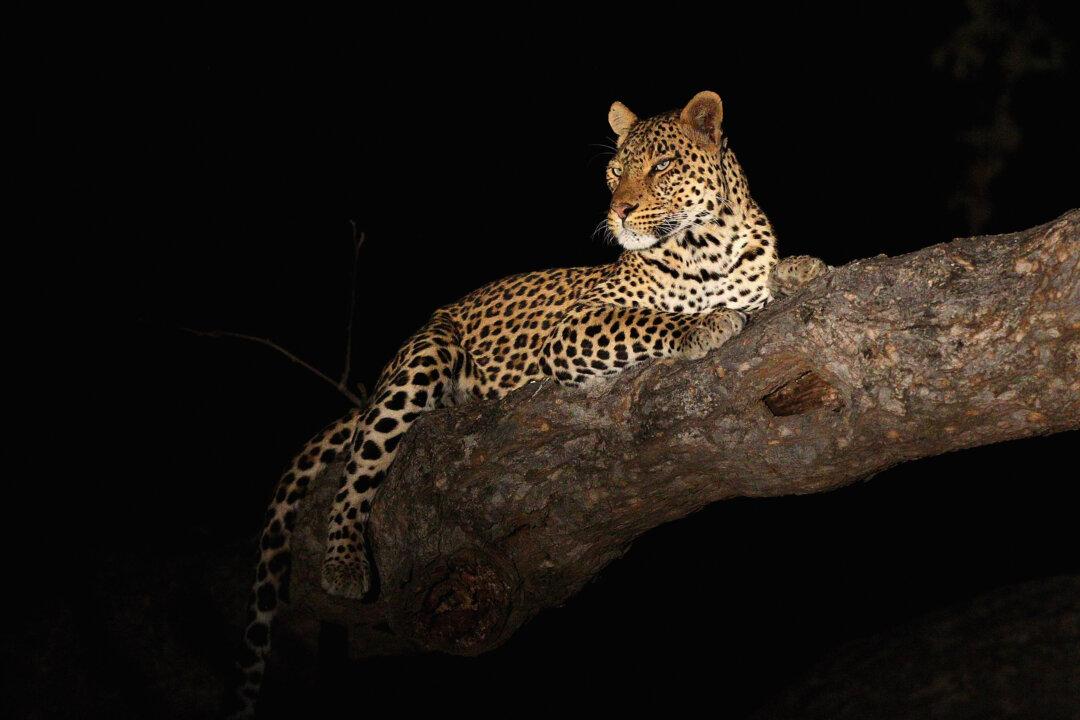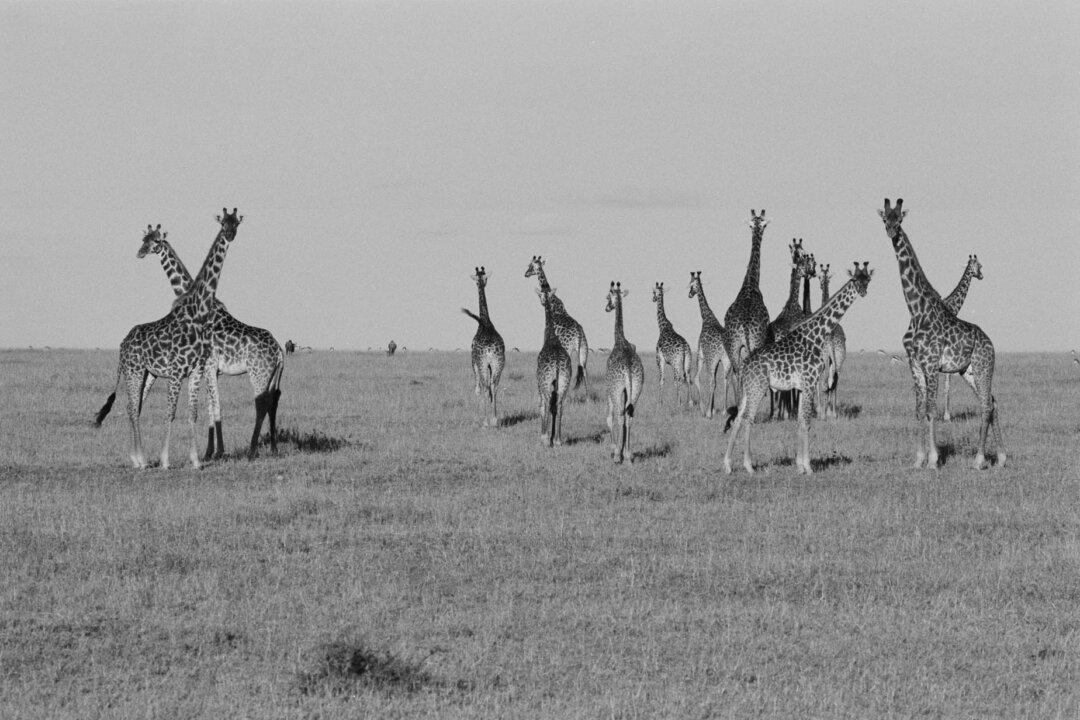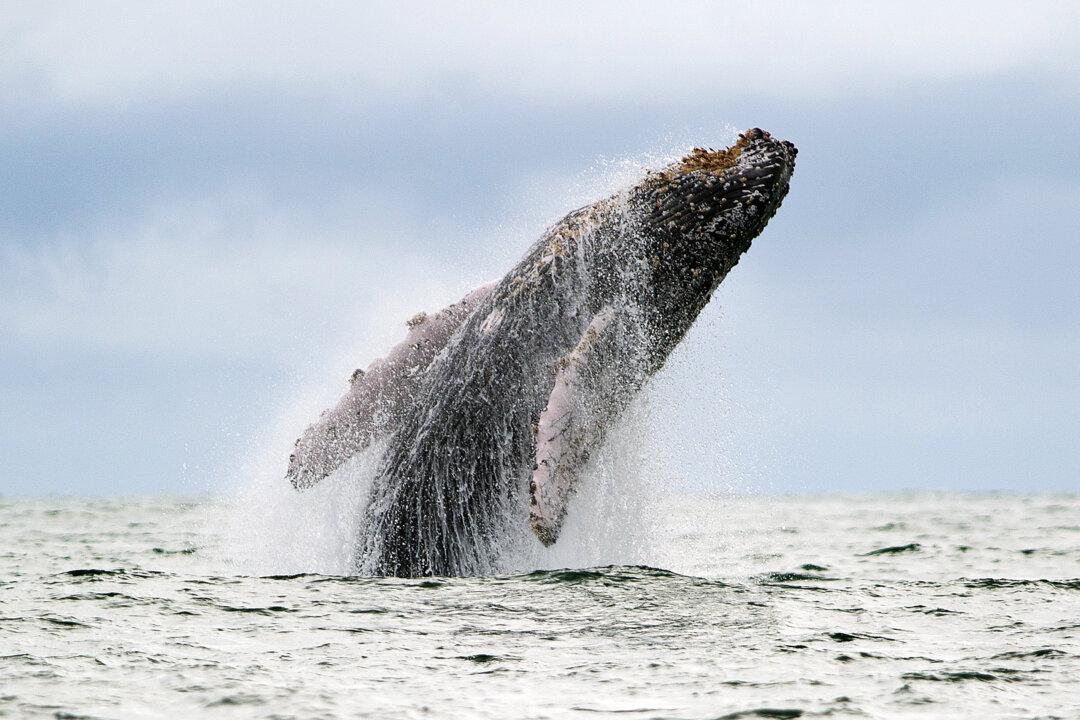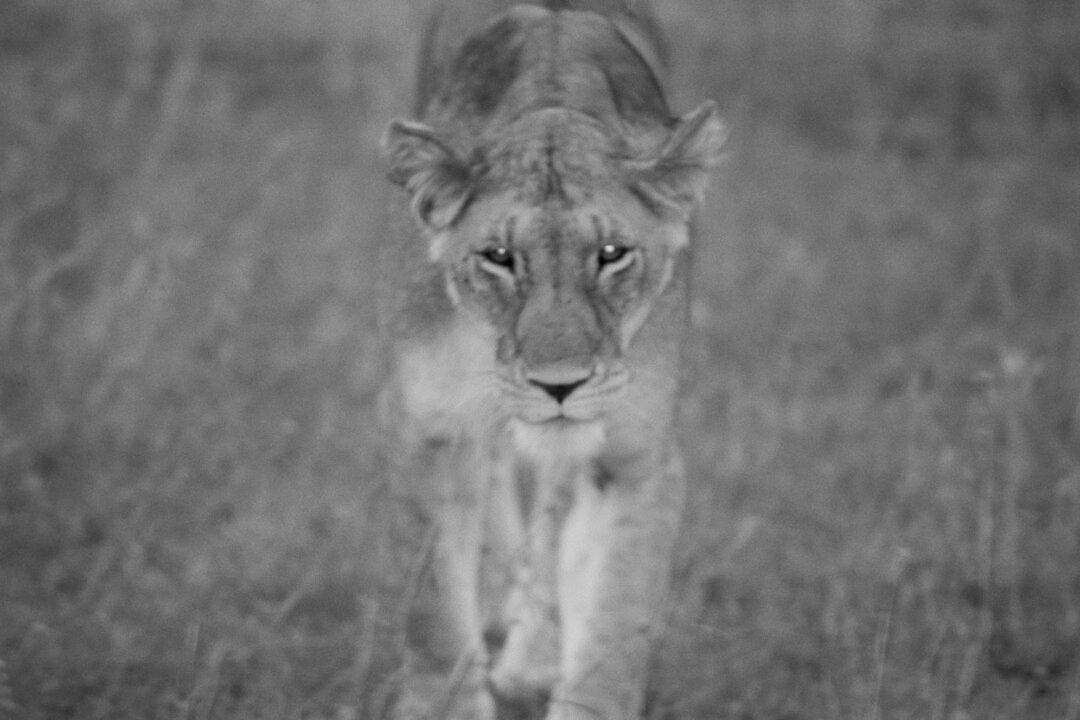Editor’s note: CITES (the Convention on International Trade in Endangered Species) is currently meeting until October 5. Please see this article for more information.
As a concerned parent and Academy Award nominee who helped alert the world to the elephant crisis in the landmark “Agony and Ivory” article in Vanity Fair in 2011, written by Alex Shoumatoff, I deplore the recent CITES decision in South Africa to not give maximum protection to elephants.
The fact that the EU voted against the African Elephant Coalition to promote the elephants to Appendix I is a shame for humanity and a tragedy for a species that is the great global litmus test for conservation. Why would the EU block a resolution for Appendix I? The EU just ratified the Paris Climate Agreement. At least France who hosted the recent Cop21 on the climate, voted in favor of the elephant. They at least were rational and sane and voted for life!
That the EU did not want to offend its host, South Africa, is not an excuse. Greater forces and corruption are at work. But at this late date we can no longer play Russian roulette with the elephant. Ivory sales and poaching have decimated both the forest and savannah elephant beyond recognition and some countries like Tanzania have lost 60 percent of their population in just the last few years. It will take generations for the forest elephant to recover.
On its shoulders rests the future of the second-largest rainforest on earth. The decision to close ivory markets won by an overwhelming majority and that should be applauded. But the moratorium on proposals to sell ivory is to expire next year and could set the agenda for renewed trade of ivory. The last time this was done in 2008 a killing frenzy erupted all over Africa.
On the heels of enormous conflict in the Middle east, the American elections and climate change as a whole, I submit that the future of our species partly rides on whether we save the elephant from extinction or not. Our species moved out of Africa alongside this incomparable species and they were our lifeline during years of drought, for they always knew where to find water. We migrated alongside elephants from Africa to Asia to the New World.
We now know there are no more than 350,000 savannah elephant, a 30 percent decrease in less than seven years. We could lose them forever in less than a generation. We continue bureaucratic and political games with a species that represents in large measure the future of an entire continent.
There are human rights casualties all over the world. But the elephant inhabits the human imagination and the irreplaceable sense of wonder like no other species on terrestrial land.
